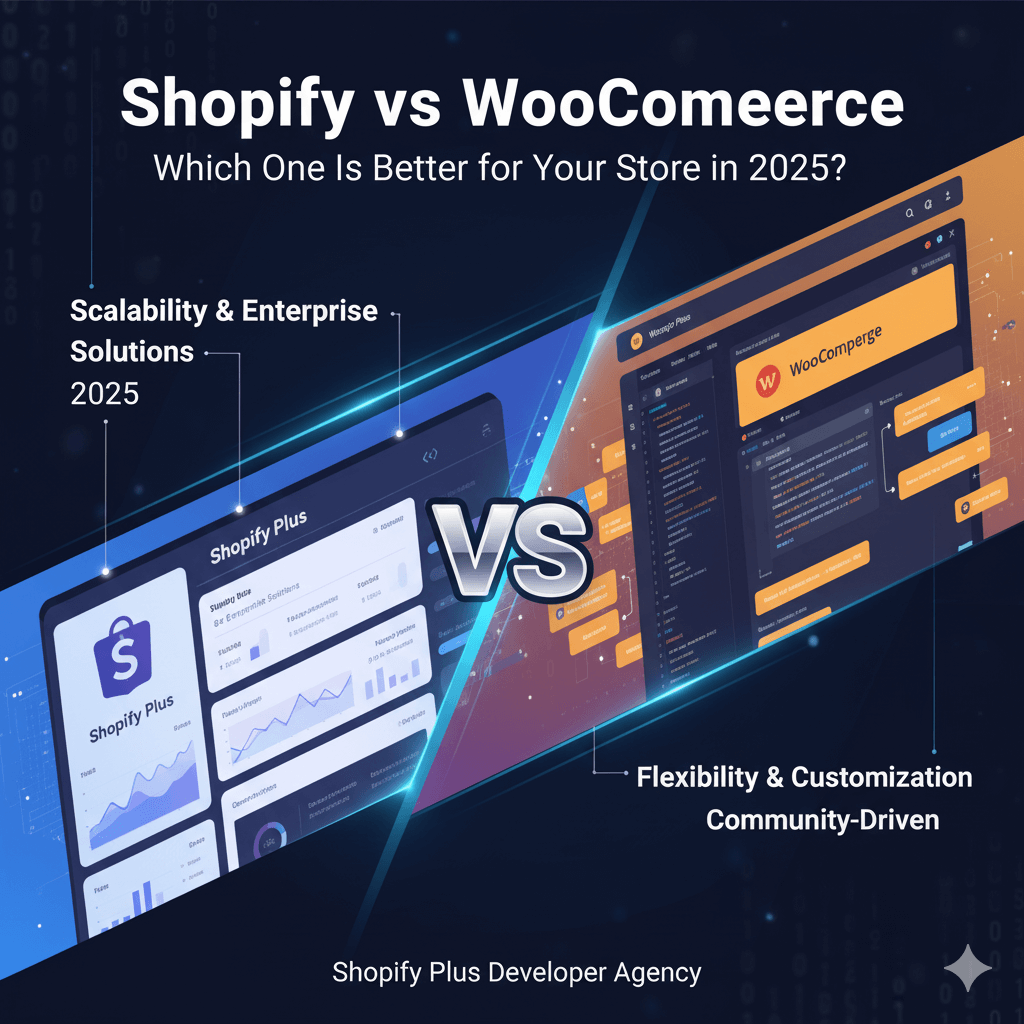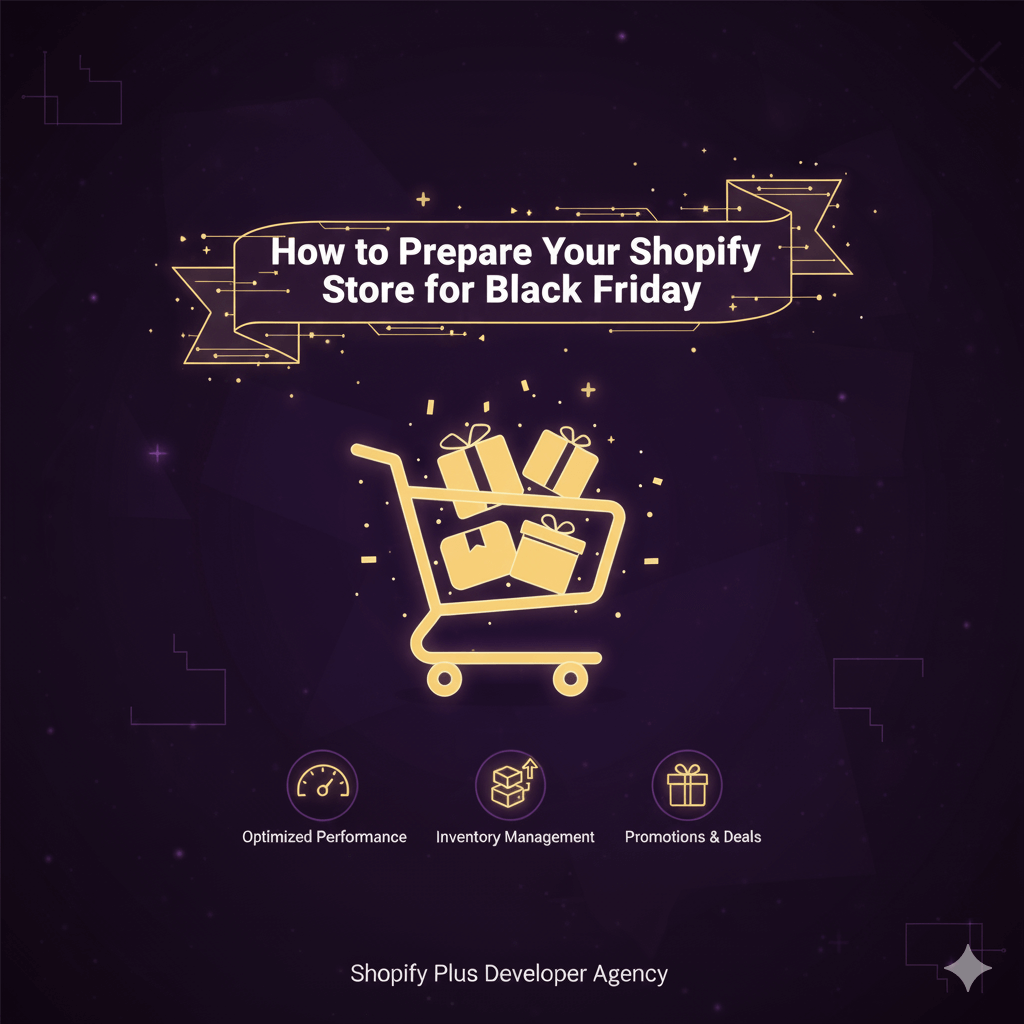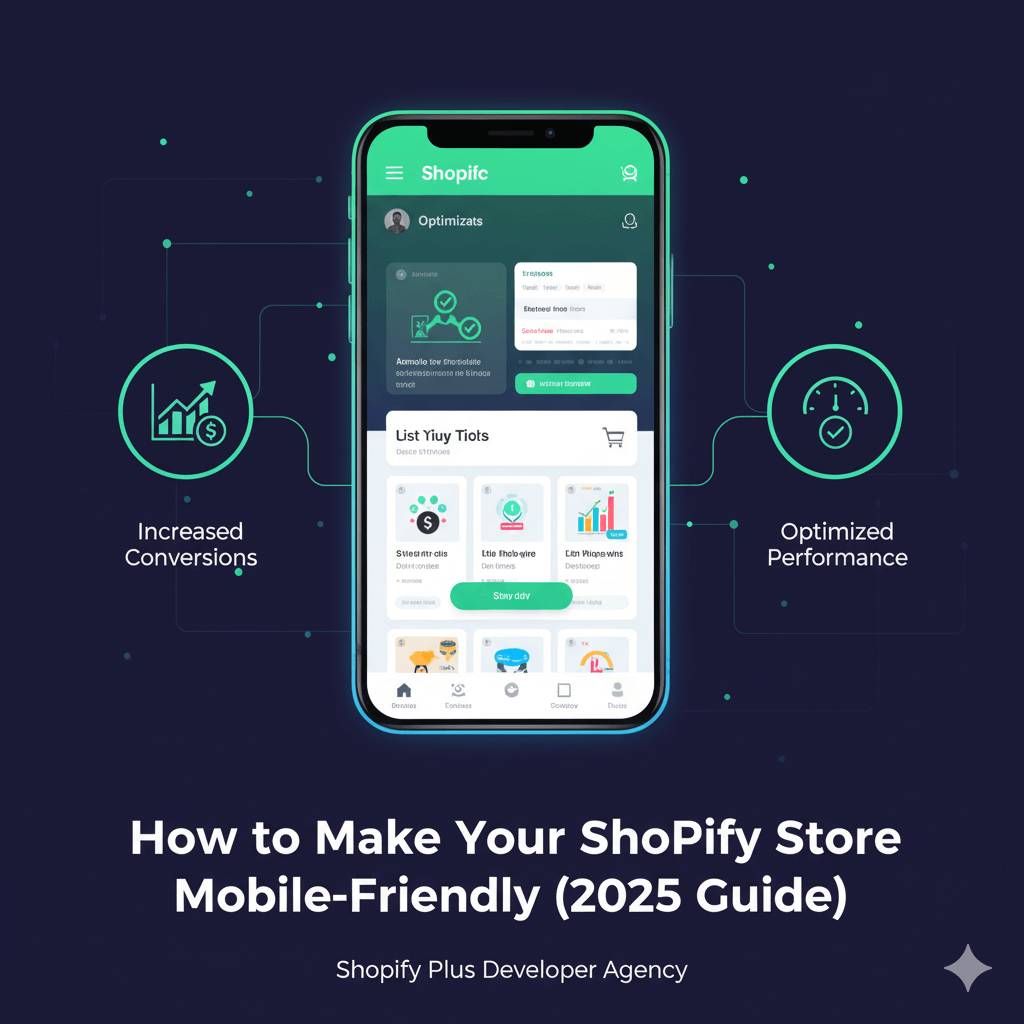Shopify Blog SEO: How to Drive Traffic with Content
![]() Published: November 03, 2025
Published: November 03, 2025
![]() Reading Time: 6 min read
Reading Time: 6 min read
Want to stay in the loop?
Subscribe to receive updates, insights, and special offers straight to your inbox.
If your Shopify store feels invisible on Google, your blog might be the secret weapon you’re overlooking. With the right SEO strategy, your content can bring a steady stream of qualified visitors, people genuinely interested in your products. Let’s dive deep into how to turn your Shopify blog into a long-term traffic engine that doesn’t just attract visitors but turns them into buyers.
Why Blog SEO Matters for Your Shopify Store
Blog SEO isn’t about stuffing keywords or chasing algorithms. It’s about building authority, discoverability, and trust ...three ingredients every successful Shopify store needs.
When you optimize your blog posts around what your audience is already searching for, you position your brand as a credible voice in your niche. In my own experience, once I started aligning my blog strategy with search intent, traffic didn’t just increase, conversions followed too.
Why it works:
- You attract visitors looking for solutions, not random traffic.
- Blog posts support your product pages with informational intent.
- Consistent organic traffic reduces dependency on ads.
🧩 Pro tip: Think of your Shopify blog as a magnet: every optimized post pulls in a specific audience segment ready to discover your store.
Keyword Research: Find What Your Audience Wants
Every strong SEO strategy begins with research. Understanding what your potential customers are searching for helps you create content that meets them where they are.
Using the Right Tools for Smarter Keyword Discovery
I rely on Google Keyword Planner, SEMrush, and Ahrefs to uncover keywords that align with both my products and my audience’s questions.
Here’s how you can structure your keyword research:
- Primary keywords: “Shopify blog SEO”, “Shopify SEO for beginners”.
- Secondary keywords: “Shopify traffic strategy”, “Shopify content ideas”, “SEO for eCommerce blogs”.
- Long-tail variations: “How to increase traffic to Shopify blog”, “best SEO settings for Shopify blog posts”.
These long-tail keywords are usually lower competition and high intent, making them perfect to dominate niche search results.
Creating a Content Calendar That Actually Works
Consistency is half the battle in SEO. Once you’ve identified topics, plug them into a content calendar that mixes:
- Evergreen content (SEO fundamentals, how-tos).
- Seasonal content (holiday trends, product launches).
- Promotional content (guides linking to your products).
When I started doing this, it completely changed how I worked. Instead of scrambling for blog ideas, I could plan topics 2–3 months ahead, aligning them with store campaigns.
✅ Result: higher publishing consistency, stronger topical authority, and better keyword coverage.
On-Page SEO: Optimize Every Post for Search
Optimization is where your keyword research pays off. Think of this as the technical polish that makes your content shine in search results.
Smart Keyword Placement (Without Overdoing It)
Google rewards natural, structured writing. Include your primary keyword in:
- The URL (
/shopify-blog-seo-guide) - The title (H1) and meta description
- The introductory paragraph and at least one H2
- Alt text of at least one relevant image
Sprinkle related terms naturally through your paragraphs, Google’s semantic search (LSI) picks up context even if exact keywords aren’t repeated.
Internal and External Linking
Internal links are your blog’s navigation system. Every article should link to:
- At least one product or collection page.
- Two or three related blog posts for topic clustering.
This keeps users exploring your site and signals relevance to search engines.
External links to trusted sources (Shopify, Google, Ahrefs, Moz) show credibility and strengthen E-E-A-T signals.
🧭 Pro tip: Add a “Related articles” section or a “You may also like” box at the end of each post to extend session duration.
Build Authority and Backlinks to Your Blog
SEO doesn’t end with content, it thrives on authority. Backlinks tell Google that your site is worth trusting.
Guest Posting and Collaboration
Reach out to other eCommerce or digital marketing blogs for guest posting opportunities. Offer unique case studies, actionable strategies, or data-driven insights. This not only earns backlinks but also introduces your brand to new audiences, you can also participate in industry roundups, contribute quotes to expert lists, or share insights on LinkedIn to attract organic backlinks over time.
Updating Old Content
Old posts are SEO gold mines. I’ve updated posts by:
- Refreshing outdated data.
- Adding new screenshots or examples.
- Expanding with FAQs or checklists.
Each update resulted in a noticeable traffic bump, a reminder that freshness is a ranking factor.
🔄 Rule of thumb: Audit your top 10 blog posts every 6 months.
Connecting Blog Content to Your Shopify Store
Your blog isn’t just about education, it’s part of your sales funnel. Every piece of content should subtly guide readers toward your store.
Product-Driven Content That Converts
Write blog posts that naturally link to your products, for example:
- A “Summer Outfit Guide” linking to your clothing collections.
- A “Coffee Brewing Tips” post connecting to your barista gear.
These posts don’t feel like ads, they feel like helpful advice.
Using Multimedia and CTAs Effectively
Visuals improve engagement. Include:
- High-quality images of your products.
- Short videos showing product use.
- Infographics for data-heavy content.
Then, add clear CTAs: “Shop the look”, “Get started”, or “Explore this collection”. When done naturally, CTAs convert readers into buyers without breaking flow.
Measuring Your Shopify Blog SEO Success
Once your SEO strategy is running, measure and refine. Use:
- Google Analytics → to track traffic sources and user behavior.
- Google Search Console → to monitor rankings and indexing.
- Ahrefs or SEMrush → to check backlinks and keyword performance.
Track metrics like:
- Organic sessions
- Click-through rate (CTR)
- Average time on page
- Conversions from blog traffic
Adjust based on what works, SEO is an ongoing optimization cycle, not a one-time setup.
Final Tips: Keep Your Blog Fresh and Relevant
SEO success compounds over time. To stay ahead:
- Update your keyword research quarterly.
- Repurpose top posts into videos, email newsletters, or social media threads.
- Add new sections based on user comments or search trends.
Consistency, relevance, and genuine value will always outperform hacks or shortcuts.
FAQs About Shopify Blog SEO
1. Does blogging really help Shopify SEO?
Yes. Every optimized post expands your keyword footprint, builds topical authority, and drives new organic visitors.
2. How often should I post on my Shopify blog?
Aim for 2–4 posts per month, but focus on quality over quantity.
3. What’s the best way to promote blog posts?
Share them via email campaigns, Pinterest pins, and social media, but prioritize organic SEO for long-term traffic.
4. How do I choose blog topics for my store?
Start from your customers’ questions and product pain points. Use keyword tools to validate search demand.
Ready to transform your store and see meaningful results in your metrics? Contact us today and let’s start building your success.



